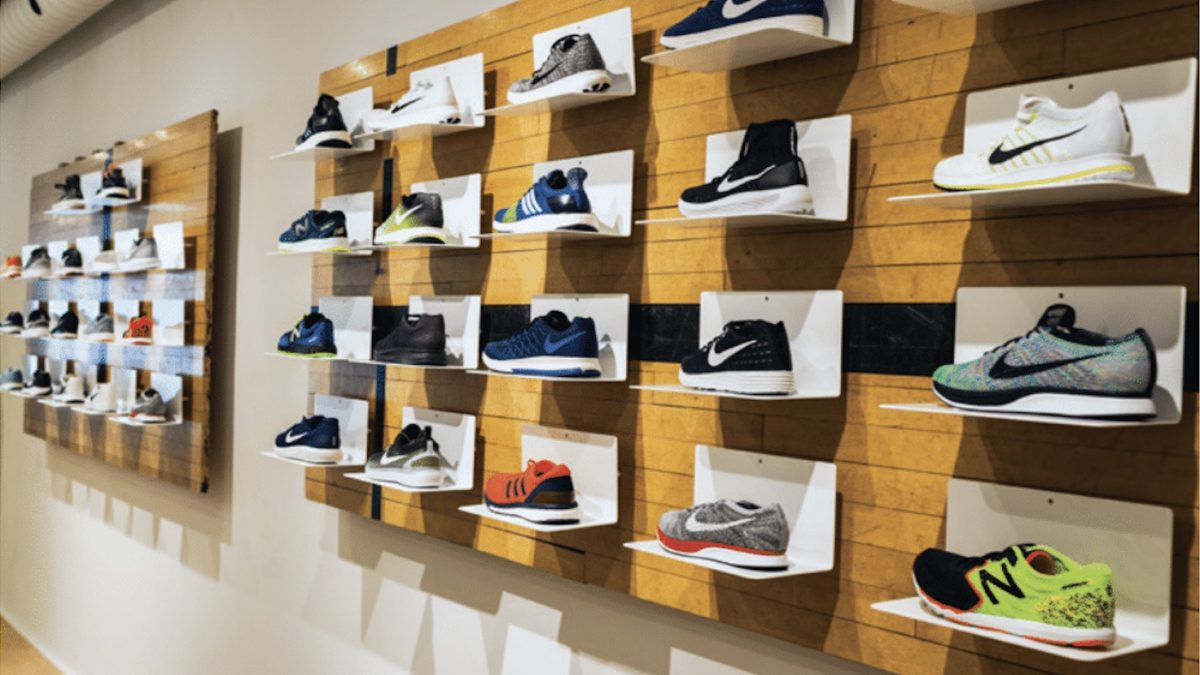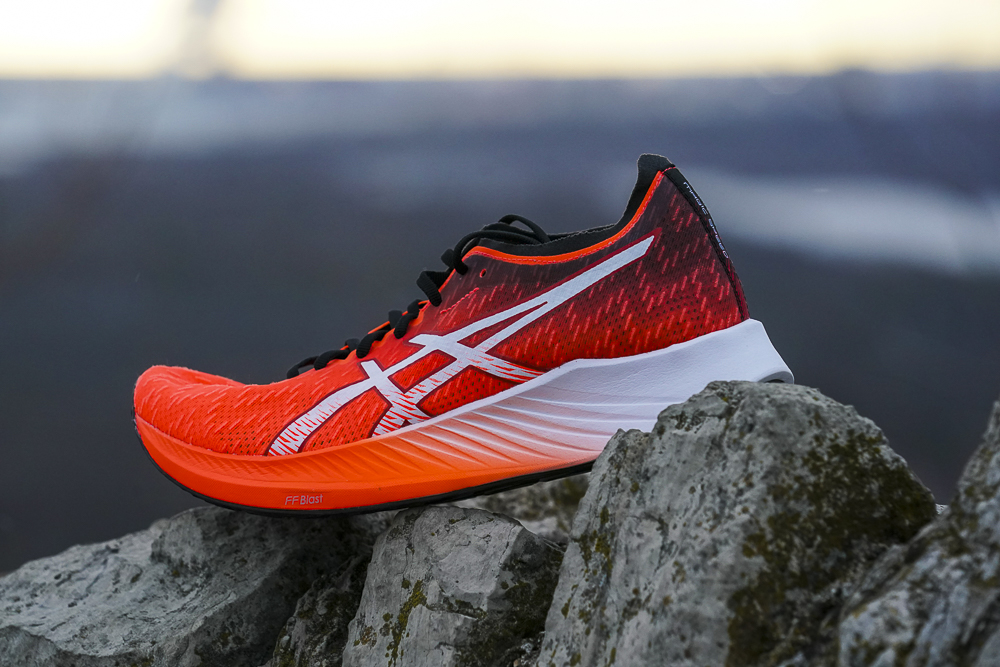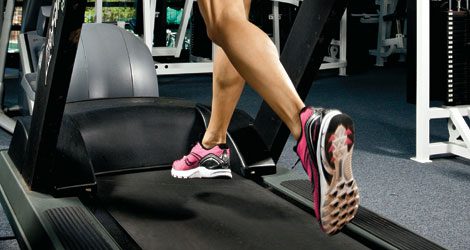What to look for in a new running shoe
What shoe do you need for training and racing? Sifting through all the options to dial in the right shoe for you
 Photo by:
Matt Stetson
Photo by:
Matt Stetson
When it comes to buying pretty much anything these days, there are many options available to choose from, and that’s definitely the case when it comes to running shoes. So much variety is great because it means you won’t have to settle for a shoe that isn’t ideal for you, but it can also be a tad overwhelming. The right shoe for you is out there, but how are you supposed to figure out which is the best choice? Here are a few things to look for the next time you decide to update your footwear:

Narrow your scope
Before you even head to the store, make sure you know the answers to a couple of basic questions. First, are you looking for a shoe for racing or training? If it’s for training, here’s another question: will you use it for long runs and everyday training sessions, or is this a shoe you’ll reserve for speed workouts?
If you’re looking for an everyday trainer, you might want to get something with a bit more cushioning and good stability. You’ll be spending hours upon hours in these shoes, so you want to make sure they’re protecting your body step after step in training. For speed workouts, you’ll likely want a lighter and faster shoe. If this is the case, you’ll find what you need in a minimalist shoe.
When it comes to racing, there’s another consideration: how far will you be running? For shorter races, like sprint- or Olympic-distance triathlons (which feature 5 km and 10 km run legs), you can get away with wearing minimalist racing flats, because you won’t be pounding the pavement too long.
If you’re looking to race half- or full-distance events (which include 21 km and 42 km runs), you’ll likely want to go with a well-cushioned shoe. A shoe built for stability and comfort may not be the quickest option available, but by the half-marathon checkpoint in your race, your body will thank you for softening the blow of each step.
Find the right fit
Certain brands fit people better than others, so don’t go to the store with one company in mind. Try a variety of shoes to determine which is the best fit for your feet. We get it, you want to look good when you run, but be open to sacrificing style for maximum comfort and speed. If you are dead set on a specific brand, but find that the one you had in mind doesn’t fit well, try going up or down a half-size. Just because you’re usually a size 10 doesn’t mean you will be with every brand across the board.
This may seem obvious, but make sure the shoe isn’t too tight or too big — both in the toe box and the shoe’s overall width. If you settle for the wrong size, you’ll pay for it later. To make sure you’ve got the perfect size for your feet, try the shoes out. If you’re in the store, take them for a spin (some stores have treadmills you can use), or if you order online, go through a trial phase. Most companies and some stores will let you return the shoe after light use, so don’t be afraid to send them back if you find they don’t fit right after a few runs.
Find your stride
Size isn’t all that matters when it comes to running shoes — your running gait, or stride, is another important thing to consider when purchasing a new pair of kicks. You might over-pronate or heel-strike, your feet may be flat, or they might have high arches.
Not sure what describes your gait or foot type? Not to worry — if you go to a running- or triathlon-specific store, the employees should be able to help you figure it out. Some stores can even do a quick gait analysis for you on a treadmill to help you figure out what type of shoe will fit you best. If you heel-strike, you’ll need a thicker sole, if you over-pronate, you’ll want a shoe with more stability. Going into each purchase with this knowledge will help you get the most out of your money and the most out of whichever shoe you pick.
Be open to change
There are some runners out there who find a model of shoe they like and stick with it for years, upgrading with each new iteration the company releases. That’s totally fine, and if you know something works for you, you shouldn’t feel any need or pressure to change it.
However, if you go to a store and someone recommends a different model or another brand (perhaps based on your gait analysis), don’t be afraid to try something new. You don’t have to commit to the new shoe, but knowing the other options that are out there could be good for you. You might not find your new go-to model, but it doesn’t hurt to test them out.
Ben Snyder-McGrath is a triathlete and freelance journalist from Dundas, Ont. This story originally appeard in the Nov/ Dec issue of Triathlon Magazine Canada.

